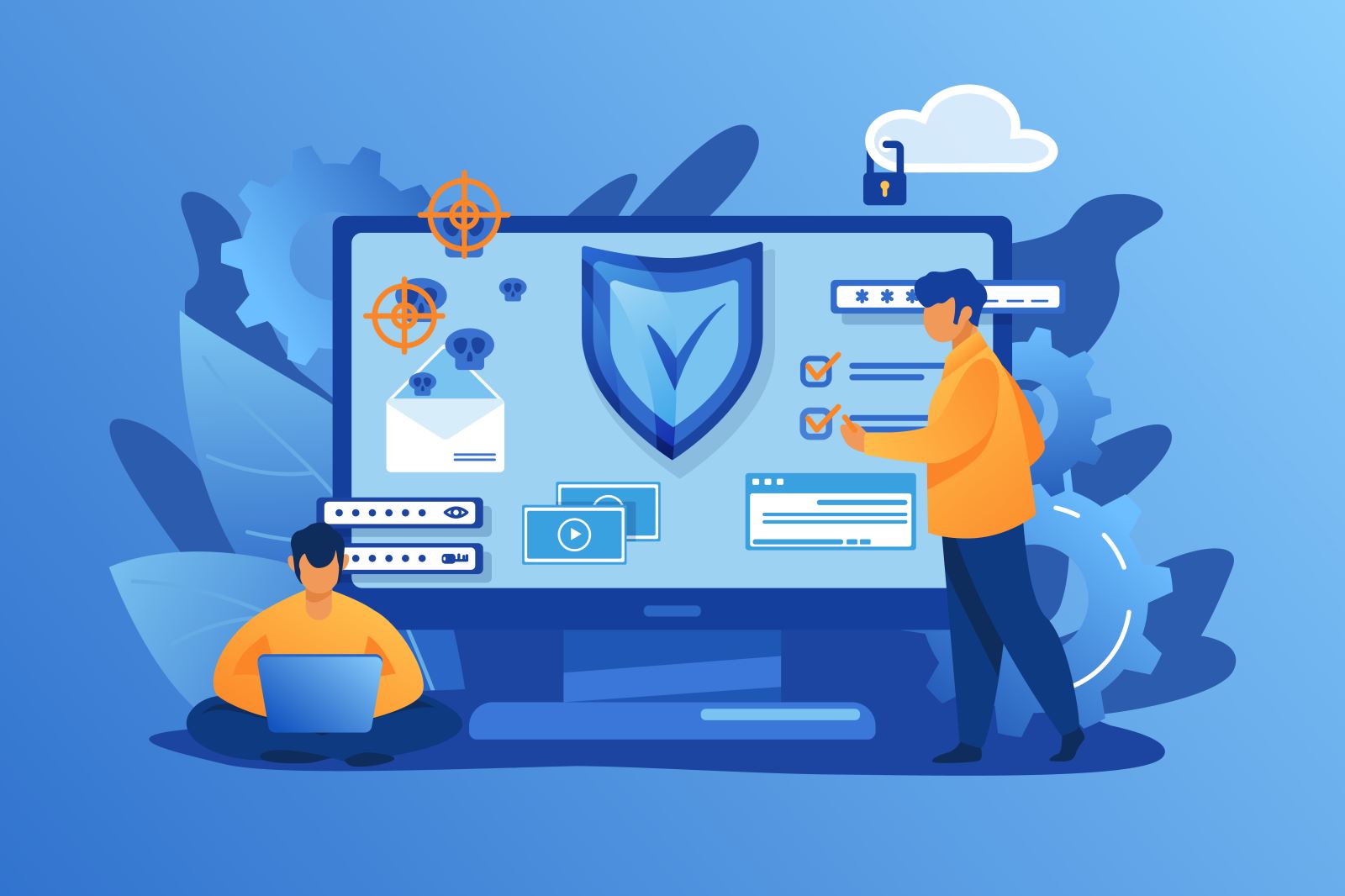
Navigating the Maze: Choosing the Right Endpoint Protection Solution for Your Business
In today’s digital landscape, where cyber threats are constantly evolving and becoming more sophisticated, ensuring the security of endpoints is paramount for organizations of all sizes. With remote work on the rise and the proliferation of mobile devices, the attack surface has expanded, making endpoint protection a critical component of any cybersecurity strategy. However, with a myriad of endpoint protection solutions available in the market, selecting the right one for your business can be a daunting task. In this blog, we’ll explore the factors to consider when choosing an endpoint protection solution that best meets the unique needs of your organization.
Understanding Endpoint Protection
Endpoint protection refers to the suite of security solutions designed to secure endpoints such as desktops, laptops, mobile devices, and servers from cyber threats. These solutions encompass a range of features, including antivirus, anti-malware, firewall, intrusion detection and prevention, device control, and endpoint detection and response (EDR).
Factors to Consider
- Security Features: Evaluate the security features offered by the endpoint protection solution, including real-time threat detection, malware prevention, behavioral analysis, and ransomware protection. Look for solutions that provide comprehensive protection against a wide range of cyber threats and offer advanced capabilities such as machine learning and AI-driven threat detection.
- Scalability: Consider the scalability of the endpoint protection solution to accommodate the growth of your organization. Ensure that the solution can easily scale to protect endpoints across multiple locations, devices, and operating systems without compromising performance or security.
- Performance Impact: Assess the performance impact of the endpoint protection solution on system resources such as CPU and memory usage. Choose a solution that strikes the right balance between security and performance, minimizing any degradation in system performance while providing robust protection against cyber threats.
- Ease of Management: Look for endpoint protection solutions that offer centralized management consoles or dashboards for easy deployment, configuration, monitoring, and management of endpoint security policies. Streamlined management capabilities simplify administration tasks and reduce the burden on IT staff.
- Integration: Consider the compatibility and integration capabilities of the endpoint protection solution with existing security infrastructure and third-party tools such as SIEM (Security Information and Event Management) systems, threat intelligence platforms, and endpoint management solutions. Seamless integration enhances visibility, automation, and threat response capabilities.
- Compliance Requirements: Ensure that the endpoint protection solution meets industry regulations and compliance requirements relevant to your organization, such as GDPR, HIPAA, PCI DSS, and SOC 2. Choose a solution that provides features and functionalities to support compliance efforts and facilitate auditing and reporting.
Conclusion
In conclusion, choosing the right endpoint protection solution is crucial for safeguarding your organization’s endpoints against cyber threats. By considering factors such as security features, scalability, performance impact, ease of management, integration, and compliance requirements, you can select a solution that best aligns with your organization’s security objectives and business needs. Invest in a robust endpoint protection solution to protect your endpoints effectively and mitigate the risk of security breaches and data loss. Remember, proactive endpoint protection is essential in today’s threat landscape to ensure the security and integrity of your organization’s digital assets.